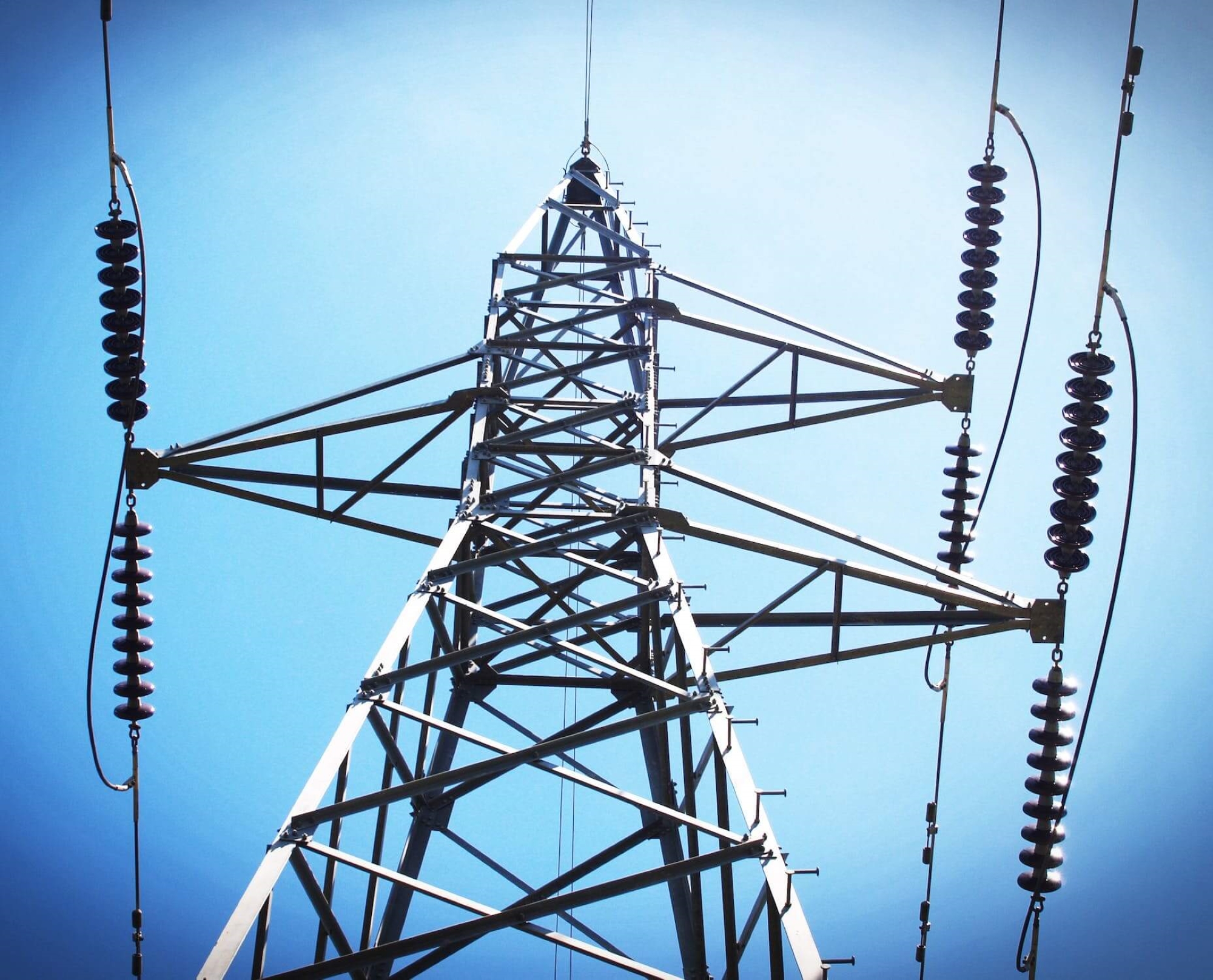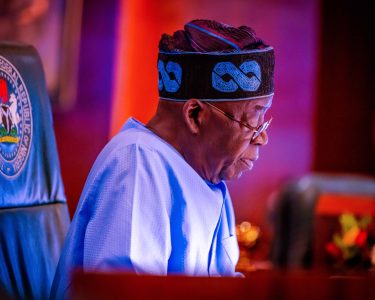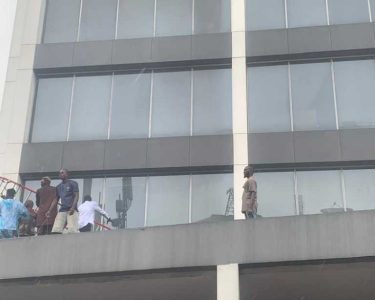The Transmission Company of Nigeria (TCN) has stated that the power fluctuations experienced in some parts of the country on Saturday were caused by line trippings.
In a statement by TCN spokesperson Ndidi Mbah, it was clarified that the national grid did not collapse on Saturday.
She confirmed that the Ihovbor line tripped at 1:41 pm., which was followed by the tripping of the Benin-Omotosho line. These trippings, she explained, affected bulk power supply to the Lagos axis only.
Mbah further noted that the line trippings disrupted operations at the Egbin, Olorunsogo, Omotosho, Geregu, and Paras power stations. While most of these facilities have since been restored, she added that efforts to restore the Benin-Omotosho 330kV line were still ongoing as of Saturday evening.
 Engineer Lateef Onikoyi, a former site engineer at Electrica and consultant to the Rivers State Ministry of Power, has criticized the Nigerian government’s handling of the national grid, asserting that no substantial value has been added since the military era.
Engineer Lateef Onikoyi, a former site engineer at Electrica and consultant to the Rivers State Ministry of Power, has criticized the Nigerian government’s handling of the national grid, asserting that no substantial value has been added since the military era.
“Earlier today, at about 1:41 p.m. local time, the Osogbo-Ihovbor line tripped, followed by the tripping of the Benin-Omotosho line. This consequently affected bulk power supply only to the Lagos axis.”
“It is important to clarify that at about 1:00 p.m local time today, just before the tripping, total generation on the grid was 4,335.63 MW. After the trippings, however, generation dropped to 2,573.23 MW, showing clearly that the grid did not experience a collapse.
“The transmission line tripping disrupted operations at the Egbin, Olorunsogo, Omotosho, Geregu, and Paras power stations. These have all been restored except for the Benin-Omotosho 330kV line, whose restoration is ongoing,” Mbah stated.
She reiterated TCN’s commitment to building a more resilient transmission grid to reduce the occurrence of such disruptions.







